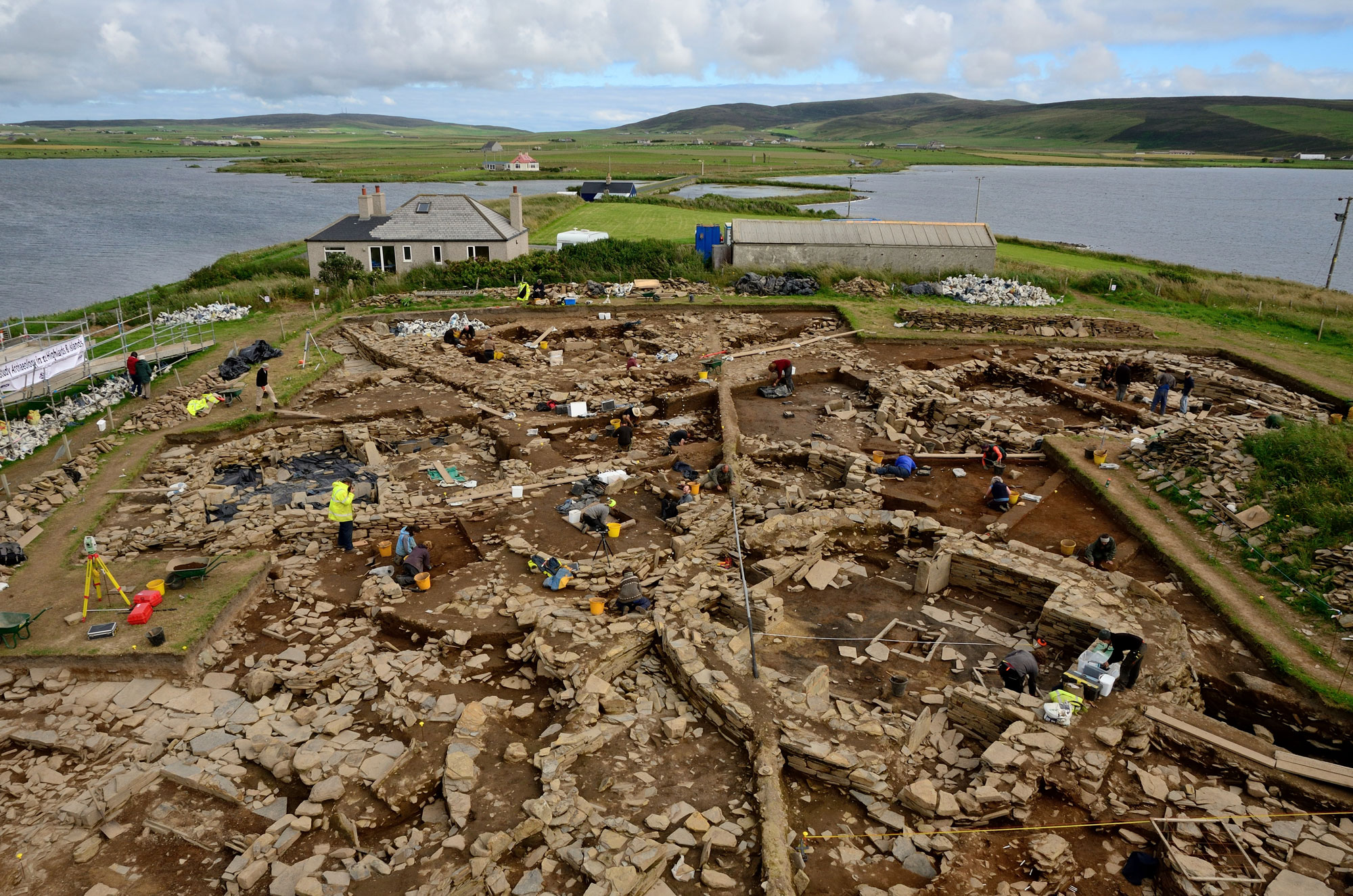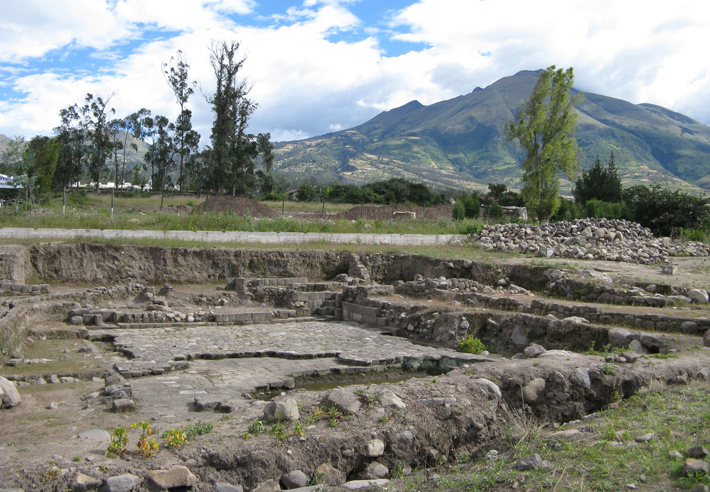
COPENHAGEN, DENMARK—A few archaeologists have noted that researchers from the University of Leicester held a press conference to announce the DNA identification of the remains of Richard III before the results were reviewed by their peers. DNA from ancient sources is very susceptible to contamination. “The DNA results presented today are too weak, as they stand, to support the claim that DNA is actually from Richard III. …It seems to me that osteological as well as archaeological evidence is stronger,” commented Maria Avila of the Natural History Museum of Denmark. Avila adds that mitochondrial DNA can be shared by people who are not otherwise related. She would like to know how common this particular DNA profile is in the United Kingdom.









